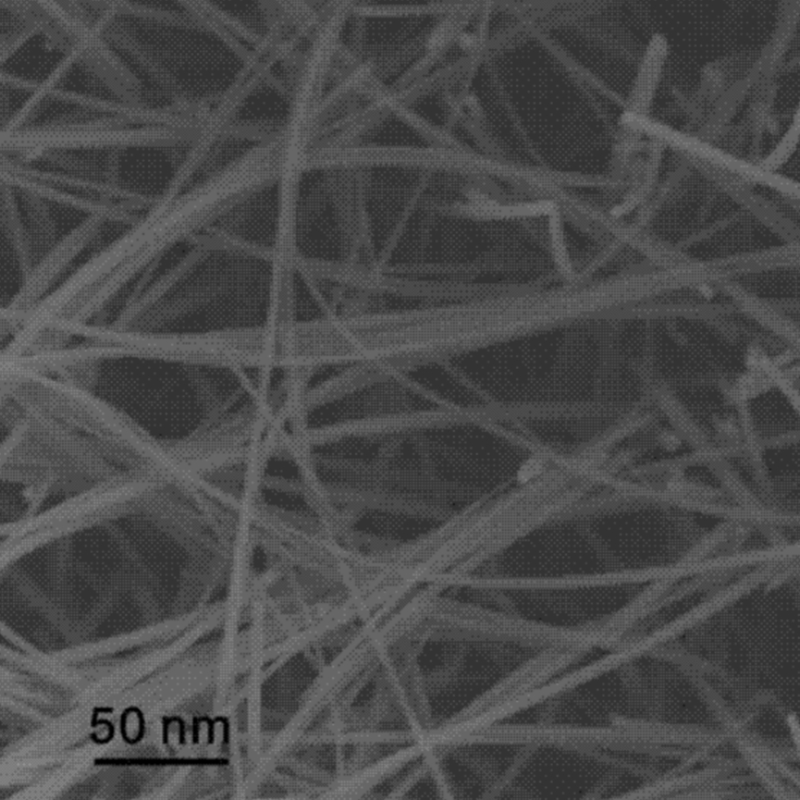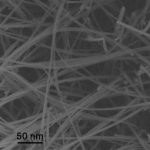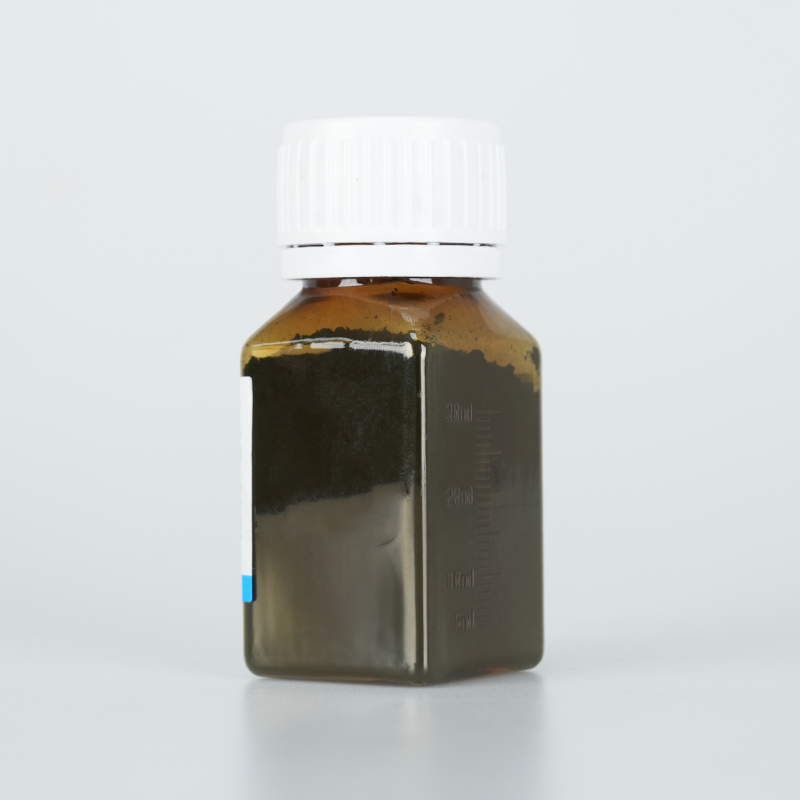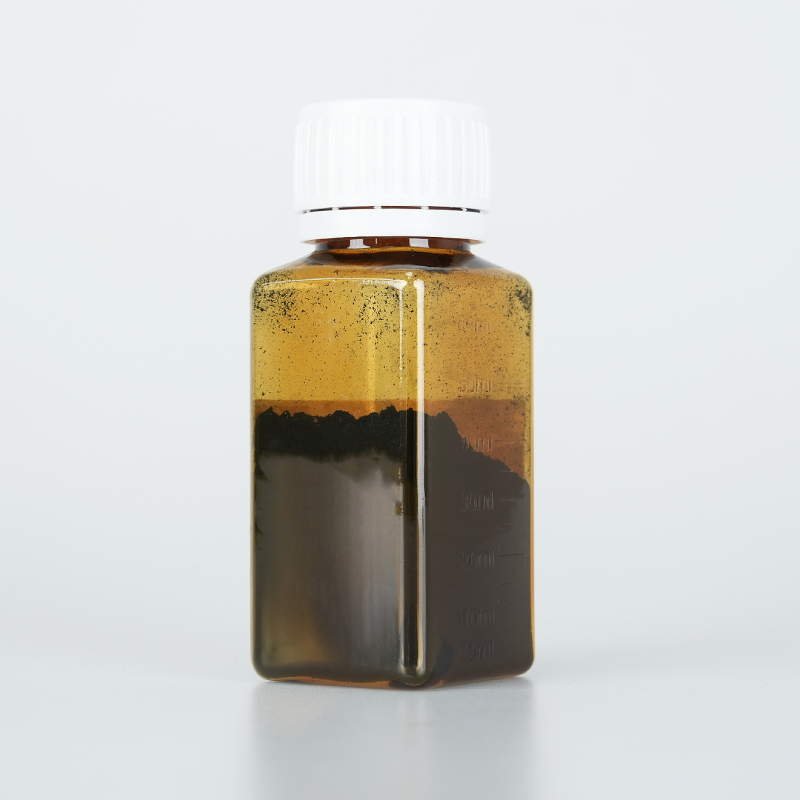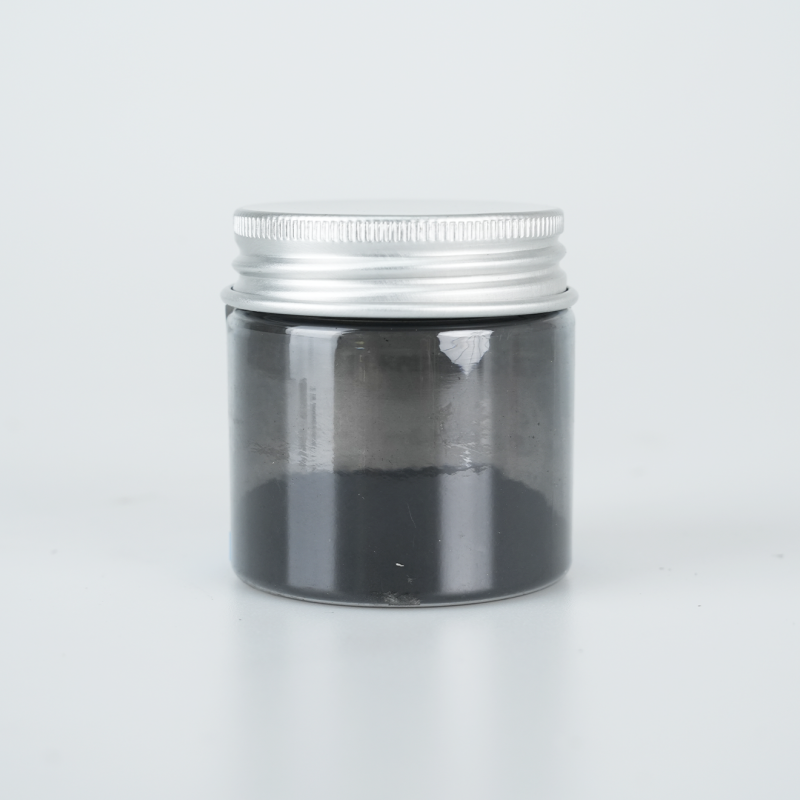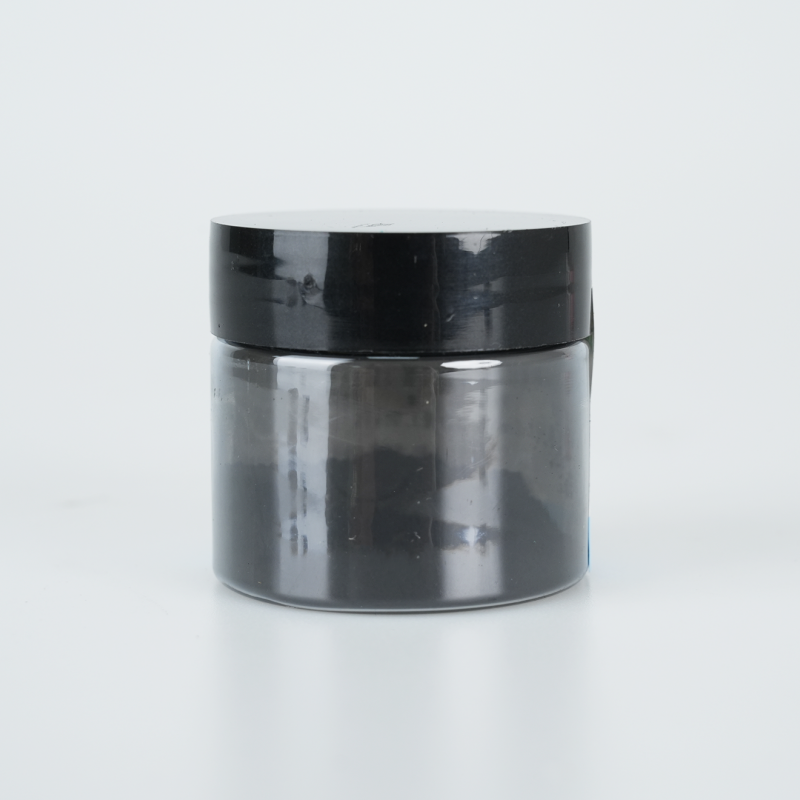Titanium dioxide (TiO₂) nanowires Type B, chemically pure, provide optimized photocatalytic efficiency, superior charge transport properties, and enhanced structural integrity. Designed for catalysis, energy storage, and biomedical applications, they ensure high adaptability, extended durability, and precision performance.
Product Overview
Titanium dioxide nanowires Type B (chemically pure) are high-purity titanium dioxide materials with a nanowire structure. The unique nanowire shape provides a large surface area and abundant porosity, which enhances its performance in photocatalytic applications. This structure facilitates light absorption and electron-hole pair generation, boosting the efficiency of redox reactions. The material shows great potential in environmental remediation, energy conversion, and other fields. It is synthesized using a hydrothermal method, followed by purification, dispersion, and high-temperature calcination to ensure high purity and consistent structure.
Key Features
- High Surface Area and Excellent Porosity:The nanowire shape provides a larger reaction surface area, enhancing catalytic reactions.
- Outstanding Photocatalytic Performance:The material efficiently absorbs light and generates electron-hole pairs to drive redox reactions.
- Chemical Stability:High-temperature calcination ensures the material’s stability and durability in various environments.
- Versatile Application:This material has broad applicability across multiple industries, offering significant potential for diverse uses.
Applications
- Nanocomposite Fillers:Used in nanowire polymer composites, metal composites, and ceramic composites.
- Adhesives and Coatings:Acts as a filler in adhesives and coatings to enhance material properties.
- High-Performance Films:Suitable for manufacturing high-performance films.
- Nanoporous Ceramic Membranes:Used in chemical and water filtration, particularly in strong acid and alkali environments.
- High-Temperature Nonwoven Fabrics:Serves as a raw material for producing nonwoven fabrics in high-temperature environments.
- White Pigments:Used as a white pigment in plastics, coatings, rubber, cosmetics, synthetic fibers, paper, and ceramics.
- Surface Coatings:Enhances various surface coatings.
- Catalyst Supports:Acts as a support material for catalysts.
- Photocatalysts:Used in photocatalytic reactions, especially for environmental and energy applications.
- Dye-Sensitized Solar Cells:Applied in dye-sensitized, polymer-based, and quantum dot solar cells (photovoltaic and photocatalytic).
- Water Splitting for Hydrogen Production:Used in water splitting processes for hydrogen production.
- Chemical Sensors:Ideal for high-temperature gas sensors, providing high sensitivity.
- Lithium Battery Anodes:Serves as an anode material for lithium-ion batteries.
- Fuel Cells:Used as catalyst supports in fuel cells.
| Technical Parameter | Value |
| Diameter | ~10 nm |
| Length | ~5 μm |
| Solvent | Water |
Submit Your RequirementsWe will contact you within 24 hours.
 WOBO Scientific Research New Materials One-Stop Service Platform
WOBO Scientific Research New Materials One-Stop Service Platform


